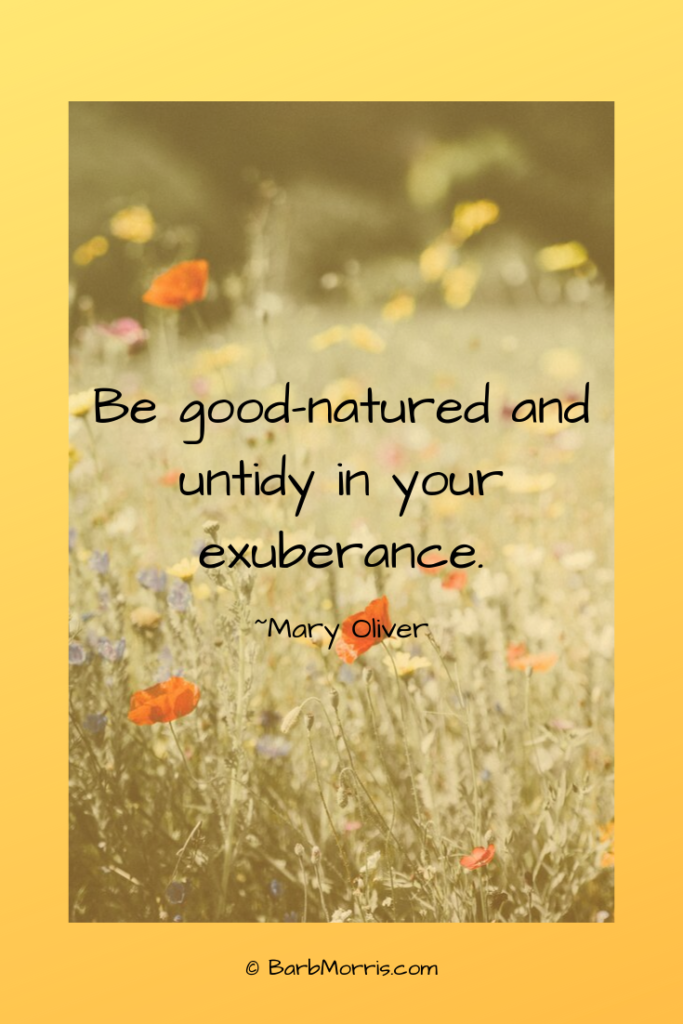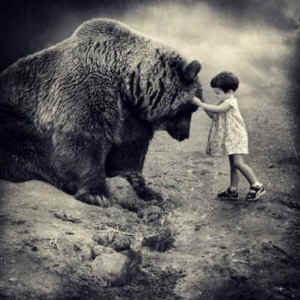
This is the piece I was ready to post last week. And then “A letter from God to her daughters who resist joy” showed up and wanted to be shared instead. Here’s my more cerebral, left-brain answer to the question, “Why do we resist joy?”
Two weeks ago I wrote about how to feel sad, and I heard from a few of you who were grateful for the encouragement and instruction. Today I want to encourage us to feel our joy.
Joy. Why would we resist feeling joyful and happy? It seems like a no-brainer, doesn’t it? Pushing away sadness makes sense. Sadness, grief, sorrow – they hurt. Joy doesn’t hurt, right?
Well. Maybe, maybe not. We might not resist joy like we resist sadness. We resist joy in different ways – we might rush past joy, not stopping to take it in. We might hold on to it with a death grip, grasping and needy, not trusting that there are moments of joy yet to come.
We might believe that if we let joy in, it will only make our inevitable sorrow more acutely painful.
And we’d be right.
Your joy is your sorrow unmasked.
And the selfsame well from which your laughter rises was oftentimes filled with your tears.
And how else can it be?
The deeper that sorrow carves into your being, the more joy you can contain.
Is not the cup that holds your wine the very cup that was burned in the potter’s oven?
And is not the lute that soothes your spirit, the very wood that was hollowed with knives?
When you are joyous, look deep into your heart and you shall find it is only that which has given you sorrow that is giving you joy.
When you are sorrowful look again in your heart, and you shall see that in truth you are weeping for that which has been your delight.
Some of you say, “Joy is greater than sorrow,” and others say, “Nay, sorrow is the greater.”
But I say unto you, they are inseparable.
Together they come, and when one sits alone with you at your board, remember that the other is asleep upon your bed.
Kahlil Gibran
Feelings are unpredictable. Feelings ebb and flow. Feelings arrive, fresh-faced or tear-stained, without words, yanking on our skirts and distracting us from our to-do lists. They require our attention at inconvenient times.
Feeling our feelings, all of them, is a choice. We don’t have to do it. We can numb and distract and talk ourselves out of our feelings until we die. Many lovely people choose not to feel their feelings. You probably know a few of them.
Our dominant culture excels at teaching us to ignore our true feelings.
So, why bother? Why feel at all? Why rock our little human boats that we try so hard to keep afloat and on an even keel? Why make life harder than it already is? Why choose to feel deeply? Why not leave well enough alone?
Why choose to get back in touch with our emotions? Our emotions live in our bodies. When we cut off our emotional lives, we cut off our embodied existence. We live from the neck up, dragging our bodies around like machines controlled by our brains.
You may have vacated your body and moved into your head at some point, probably in self-defense. It was the best strategy at the time. Vacating your body was how you got through the painful stuff.
If so, it’s time to come back home.
Why? Because, when you cut off your embodied feelings, you also cut off your connection to Soul. Our souls and bodies are intertwined. Your soul does not live in your brain or your mind.
Feeling your joy and sorrow is how you reconnect with your body. Reconnecting with your body is how you connect with your soul and your soul’s Source.
Cutting off your body because it hurts too much and you feel uncomfortable is to cut off your connection to God. Refusing to be in our bodies severs our connection to Holiness. Your holiness. My holiness. Earth’s holiness. Holiness Itself.
Besides, it takes so much energy to keep stuffing and resisting our feelings! Just think what you could get done if you just let your feelings move through you and got on with your day?!
If you want a less woo-woo, more sciency reason to feel your feelings, consider the neurobiology adage “Neurons that fire together, wire together.” In the words of Rick Hanson, “Passing mental states become lasting neural traits.” He’s got some good instructions in this 13-minute TED talk.
When we pay conscious attention to joyful moments, experiences, and memories, we heal our brains. A healed brain is more resilient and flexible. A healed brain is more resistant to stress and the cascade of destruction and disease caused by stress.
We inhabit our joy only when we also attend to our sorrow. They walk together.
Mary Oliver:
When loneliness comes stalking, go into the fields, consider
the orderliness of the world. Notice
something you have never noticed before,
like the tambourine sound of the snow cricket
whose pale green body is no longer than your thumb.
Stare hard at the hummingbird, in the summer rain,
shaking the water-sparks from its wings.
Let grief be your sister, she will whether or no.
Rise up from the stump of sorrow, and be green also,
like the diligent leaves.
A lifetime isn’t long enough for the beauty of this world
and the responsibilities of your life.
Scatter your flowers over the graves, and walk away.
Be good-natured and untidy in your exuberance.
Does this resonate? Want to explore further? Contact me to schedule a free no-obligation conversation. I’d love to talk!
Photo credit: Annie Spratt on Unsplash

